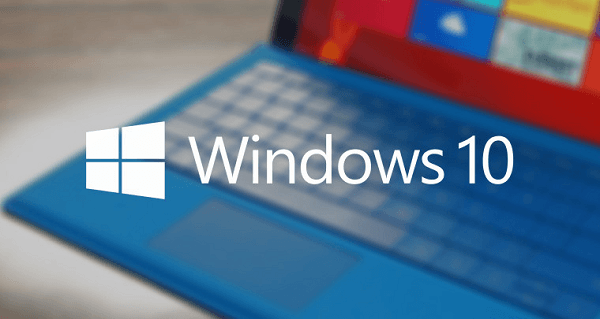Common Causes of Slow Boot with Black Screen
Windows 10, renowned for its performance and features, occasionally encounters the frustrating issue of a slow boot accompanied by a black screen. In this comprehensive guide, we will delve into the potential causes behind this problem and provide you with practical, step-by-step solutions to enhance your system's start-up speed.
1. Corrupted System Files: Over time, the integrity of system files may be compromised, resulting in slow boot times and the manifestation of a black screen during the startup process.
2. Driver Compatibility Issues: Outdated or incompatible drivers can impede the boot process, leading to extended black screen durations and an overall sluggish start-up experience.
3. Startup Programs Overload: An excess of programs set to launch at startup can overwhelm your system's resources, causing delays and contributing to the black screen problem.
4. Graphics Driver Problems: Issues with graphics drivers can manifest as a black screen during boot, negatively impacting the overall speed of the startup sequence.
5. Windows Update Glitches: Failed or interrupted updates can lead to system instability, resulting in a slow boot with the added complication of a black screen.
Troubleshooting Steps to Speed Up Windows 10 Boot and Fix Black Screen:
1. Boot into Safe Mode:
If you suspect that third-party applications might be causing the issue, restart your computer and boot into Safe Mode. This allows you to identify and address any potential conflicts.
2. Update Graphics Drivers:
Ensure your graphics drivers are up-to-date by navigating to the device manager, locating your graphics card, and updating the drivers to the latest version available.
3. Use System File Checker (SFC):
Open Command Prompt as an administrator and run the command sfc /scannow. This will initiate a scan to identify and repair any corrupted system files that may be contributing to the slow boot and black screen problem.
4. Limit Startup Programs:
Access the Task Manager, go to the "Startup" tab, and disable unnecessary programs from launching at startup. This can significantly reduce the load on your system during boot.
5. Check for Windows Updates:
Ensure that your operating system is up-to-date by checking for and installing the latest Windows updates. This helps address potential glitches that might be affecting your system's performance.
6. Adjust Power Settings:
Modify power settings to optimize boot performance. Open Power Options and choose a power plan that aligns with your preferences, ensuring a balance between performance and energy efficiency.
7. Perform Disk Cleanup:
Utilize the built-in Disk Cleanup tool to remove unnecessary files and free up disk space. This can contribute to a smoother and faster boot process.
Conclusion
Experiencing a slow boot with a black screen on Windows 10 can be a perplexing challenge. However, armed with the right knowledge and troubleshooting steps, you can significantly improve your system's start-up speed and bid farewell to the frustrating black screen issues.
By addressing common culprits such as corrupted files, driver problems, and excessive startup programs, you can create a more efficient and streamlined Windows 10 experience. Follow the outlined solutions diligently, and you'll find yourself enjoying a faster, more responsive system. Don't let the slow boot and black screen woes hold you back – take charge of your Windows 10 performance today.




